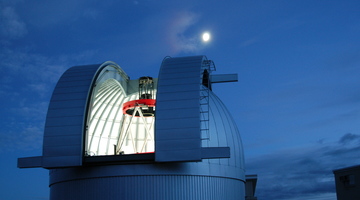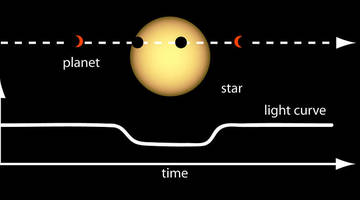Professor Denis Sullivan, from Victoria University of Wellington, explains the transit method for detecting planets in orbit around stars other than our Sun.
Transcript
PROF DENIS SULLIVAN
The Transit Method is, I think, the easiest to understand. Basically if you’ve got a planet going around a star and it’s in our line of sight, then what will happen is the planet will move across in front of the star and block some of the light. So if you look carefully at the light from the star you get a small change in the light over about 3 hours.
In 1999 one that I was involved in was the first transit detection. This transit planet was actually detected by the Wobble Method in, I think, September 1999, and we were in the right place at the right time to do follow up observations and see the drop in the light. So, to me, that’s the clearest indication and demonstration there is something moving around the planet.
You need the Radial Velocity Method to tell you about the sizes of the masses and then when you’ve got the transit that makes it very clear that there is a planet moving in front of the star.
Acknowledgement(s):
NASA



